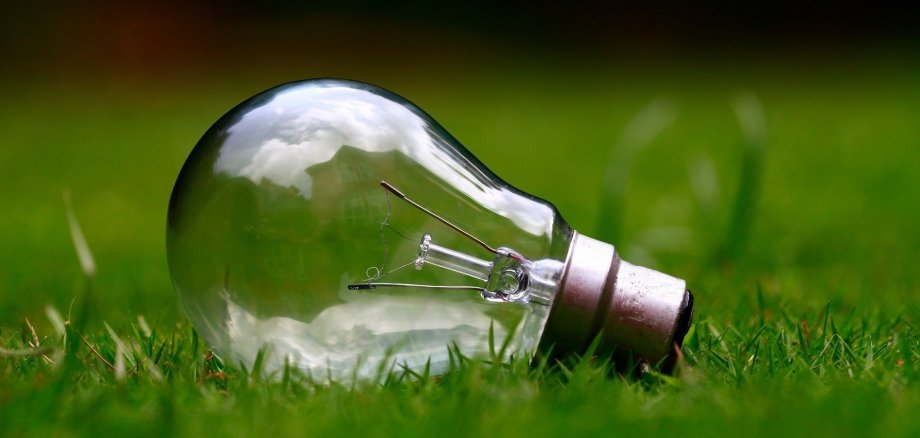District presents energy balance sheet
Away from fossil fuels and towards renewable energies: The district of Waldeck-Frankenberg wants to supply its buildings with heat and electricity exclusively from renewable sources by 2035 and save as much energy as possible in the process. The energy balance for 2022 shows that it is on the right track.
Final energy consumption and CO2 emissions reduced
This is based on the costs and consumption generated by the district's 78 properties in 2022. The evaluation for 2022 shows Active energy management is curbing cost increases and using more sustainable energy sources in the future. In addition, final energy consumption was reduced by 12 per cent compared to the last evaluation in 2018 and carbon dioxide emissions were reduced to 338 tonnes per year.
Saving energy and costs
This was largely made possible by subsidised energy-efficient building renovations at several locations, increasing the output of the photovoltaic systems to 2,267 kilowatts peak, strategic energy procurement and increasing the efficiency of the existing system technology and controlling it in line with demand. Thanks to these measures, increased costs for heat and electricity could be curbed to a total of around 3.2 million euros in 2022 - despite increased use of the buildings due to all-day school programmes, the energy crisis and higher prices.
Moving away from fossil fuels by 2035
The balance sheet also makes it clear that almost 20 per cent of the heating energy requirements of the district's own properties - i.e. schools and administrative buildings - are already covered by renewable fuels. And the trend is rising. And: by 2035, the district wants to completely switch away from the use of fossil fuels and convert its energy supply sustainably - both in terms of heat and electricity generation. In both areas, the district is working closely with the local energy supplier Energie Waldeck-Frankenberg.
Municipal heating planning
In the heating sector, the district will focus on potential local heating projects in neighbourhoods where district-owned properties are located. Whether through solar thermal energy, biogas plants, photovoltaics, geothermal energy or industrial waste heat: the district is working with the EWF and the municipalities on a joint concept to determine which form of energy makes the most sense for whom and where in Waldeck-Frankenberg. The aim is to cleverly match supply and demand in the energy and heating sector - and to expand it sensibly and sustainably. This is to be supplemented by island solutions with heat pump technology.
More photovoltaics on the district's own roofs
In the electricity sector, further potential on the roofs of the district's own buildings is also to be utilised - and the properties are to be equipped with photovoltaic systems as extensively as possible in future. Cooperation with EWF is also planned here. Furthermore, electricity storage systems are to be retrofitted in order to increase the self-consumption of the energy generated. And: the efficiency of the buildings is also to be further increased in order to further reduce consumption.
The 2022 energy balance is the first data evaluation since 2018. Although the data was collected in the coronavirus years 2019 to 2021, it could not be used for a fundamental evaluation due to the pandemic-related low informative value.
Background
Since the district introduced energy management in 2008, it has succeeded in reducing greenhouse gas emissions and continuously saving energy: Costs have been reduced by around nine per cent per year and consumption has been cut by around 30 per cent annually. This was largely achieved through the energy-efficient refurbishment of buildings, by increasing the efficiency of existing plant technology and through demand-orientated control on site.
